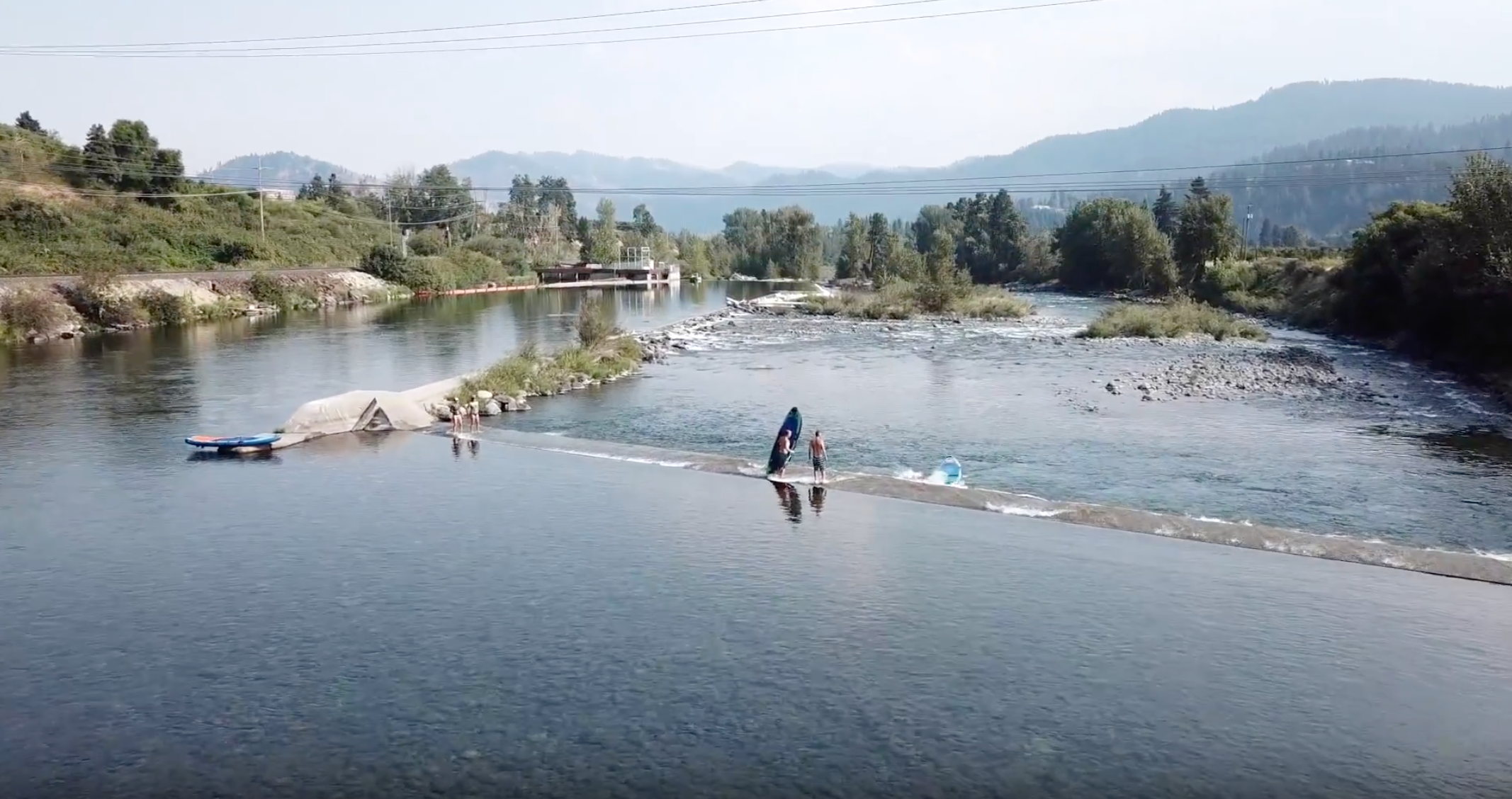
Terry and Lance Ostrom Circumnavigate Palau, Micronesia, on SUPs
Doing the first stand-up paddleboard circumnavigation of an island in Palau is a far cry from shredding the slopes of Steamboat Springs. But, swapping snowboards for SUPs, that’s what father-and-son locals Terry and Lance Ostrom found themselves on during an eight-day paddle in February through a remote archipelago between Guam and the Philippines.
“I’d seen photos and a story about an island complex down there that you could camp through via kayak,” Lance said. “My dad had some time off and wanted to do some snorkeling, so I pitched him this idea of paddling the Rock Islands in Palau.”
While the story touted sea kayaking the islands, the Ostroms convinced the outfitter to let them bring SUPs.
“The sport hadn’t hit the islands yet,” Lance said. “So, we worked a deal to trade SUPs for an all-expense paid trip through the islands. No one had ever done that before.”
With that, they set off, flying two 12-foot, 6-inch Hala SUPs down for the circumnavigation. Carrying gear in dry bags on their bow and water jugs on their stern — and accompanied by local sea kayak guide Kabray Fraser — for eight days they snorkeled, spearfished and SUPed by day and pulled up on remote, jungle-lined beaches to camp, grill fish and eat coconuts by night. With a boat bringing in supplies on days three and six, in all they paddled 22 miles as the seagull flies, but far more exploring the archipelago’s network of bays and lagoons en route.
“We pretty much lucked out on most everything,” Lance said. “The paddling was mellow, the rain events were more blessing than curse and we had a tail wind the whole time.”
One of the hardest parts, he said, was dealing with the 7-foot tides.
“Having a guide definitely helped with the tide charts,” he said. “It was nice to have that local knowledge. You have to time them correctly — surrounded by super sharp reefs, many of the campsites are only accessible at certain times.”
While a few rainstorms kept them on their toes paddling and at camp — where a freak windstorm broke their tents and blew their boards into the trees in the middle of the night — for the most part, it was smooth sailing.
“There was one night that was pretty epic with the wind,” he said. “We ended up moving into a makeshift shelter we found, where we felt like the three pigs in their straw house, battling a hurricane. We decided the probability of it collapsing on us was less likely than being clocked by a flying coconut outside.”
And the scenery made it all worth it.
“It was some of the best tropical scenery I’ve ever seen. The water was a million different shades of blue,” Lance said, adding that, from their boards, they could see reefs as well as sharks, rays, turtles and fish 50 feet down. “And at low tide, the islands were surrounded in golden rings of sand, which combined with the green vegetation and blues of the sea made an incredible contrast in colors.”
As for others attempting the journey, best to combine forces with someone like Fraser. “It’s very doable for most people, but go in blind and you could get into serious trouble,” Lance said.
Article published in Steamboat Pilot.



Leave a comment
This site is protected by hCaptcha and the hCaptcha Privacy Policy and Terms of Service apply.